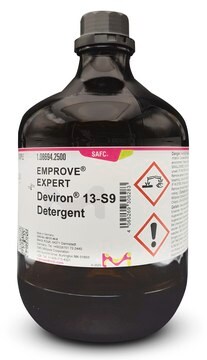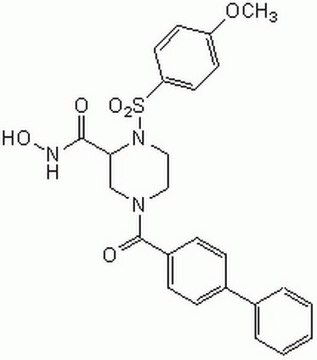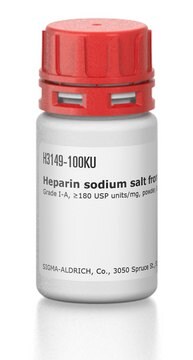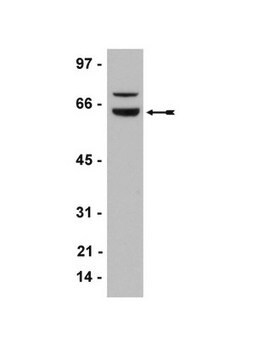ABS2129
Anti-IP3R 1
from rabbit
Sinonimo/i:
Inositol 1, 4, 5-trisphosphate receptor type I, IP3 receptor isoform 1, IP-3-R1, InsP3R1, Type 1 inositol 1, 4, 5-trisphosphate receptor, Type 1 InsP3 receptor
About This Item
Prodotti consigliati
Origine biologica
rabbit
Livello qualitativo
Forma dell’anticorpo
affinity isolated antibody
Tipo di anticorpo
primary antibodies
Clone
polyclonal
Reattività contro le specie
human, rat, bovine, mouse, chicken
tecniche
immunohistochemistry: suitable (paraffin)
immunoprecipitation (IP): suitable
western blot: suitable
Isotipo
IgG
N° accesso NCBI
N° accesso UniProt
Condizioni di spedizione
ambient
modifica post-traduzionali bersaglio
unmodified
Informazioni sul gene
human ... ITPR1(3708)
rat ... Itpr1(25262)
Descrizione generale
Specificità
Immunogeno
Applicazioni
Signaling
Western Blotting Analysis: A representative lot detected IP3R1 in bovine salivary gland, DT40 3KO cells stably expressing IP3R1 (Chandrasekhar, R., et. al. (2016). J Biol Chem. 291(10):4846-60).
Immunohistochemistry Analysis: A 1:1,000 dilution from a representative lot detected IP3R1 in human brain and rat brain tissues.
Immunoprecipitation Analysis: A representative lot detected IP3R1 in bovine salivary gland (Chandrasekhar, R., et. al. (2016). J Biol Chem. 291(10):4846-60).
Qualità
Western Blotting Analysis: A 1:1,000 dilution of this antibody detected IP3R1 in 10 µg of rat brain microsomal preparation.
Descrizione del bersaglio
Stato fisico
Stoccaggio e stabilità
Altre note
Esclusione di responsabilità
Non trovi il prodotto giusto?
Prova il nostro Motore di ricerca dei prodotti.
Codice della classe di stoccaggio
12 - Non Combustible Liquids
Classe di pericolosità dell'acqua (WGK)
WGK 2
Punto d’infiammabilità (°F)
Not applicable
Punto d’infiammabilità (°C)
Not applicable
Certificati d'analisi (COA)
Cerca il Certificati d'analisi (COA) digitando il numero di lotto/batch corrispondente. I numeri di lotto o di batch sono stampati sull'etichetta dei prodotti dopo la parola ‘Lotto’ o ‘Batch’.
Possiedi già questo prodotto?
I documenti relativi ai prodotti acquistati recentemente sono disponibili nell’Archivio dei documenti.
Il team dei nostri ricercatori vanta grande esperienza in tutte le aree della ricerca quali Life Science, scienza dei materiali, sintesi chimica, cromatografia, discipline analitiche, ecc..
Contatta l'Assistenza Tecnica.







